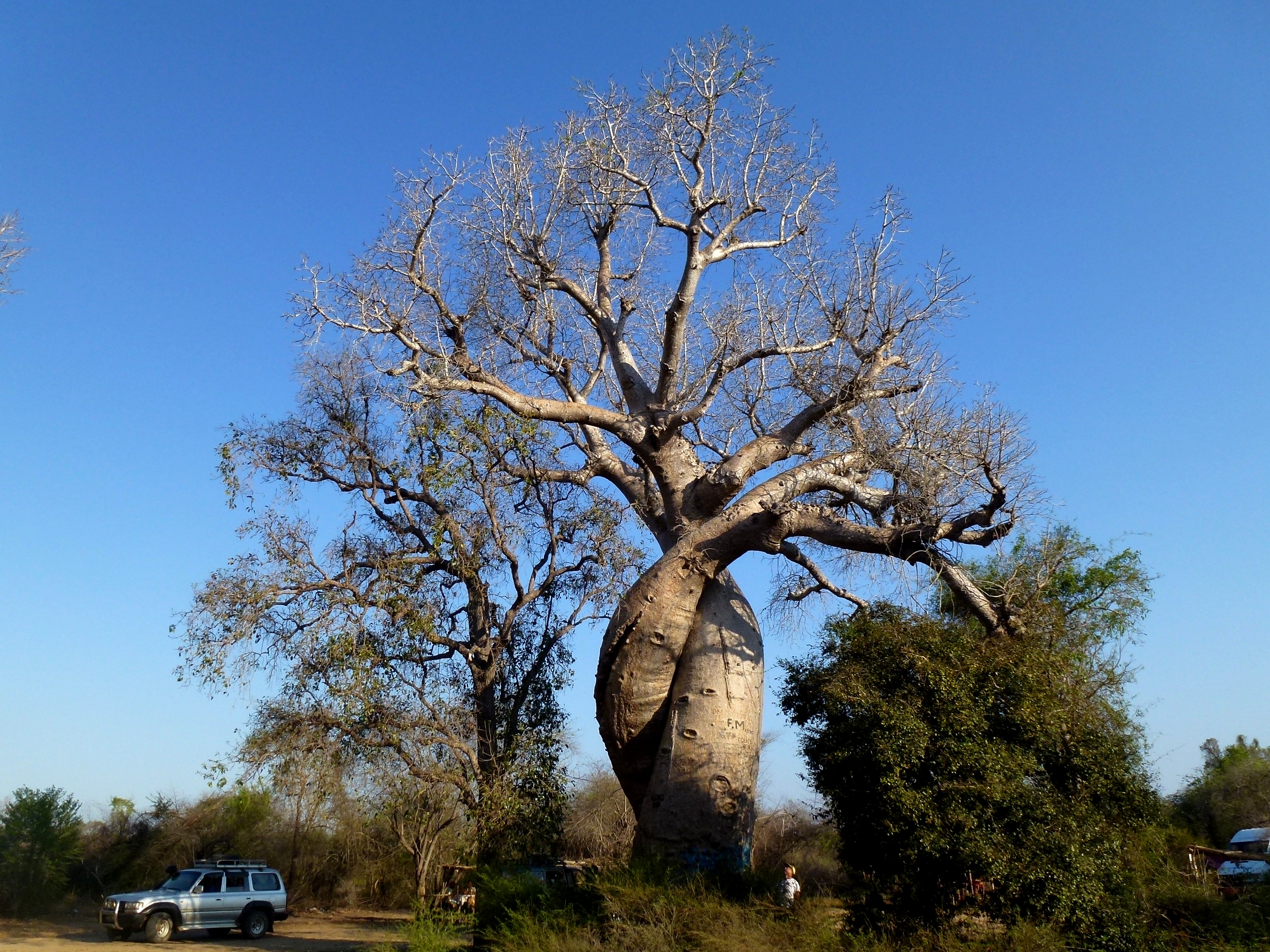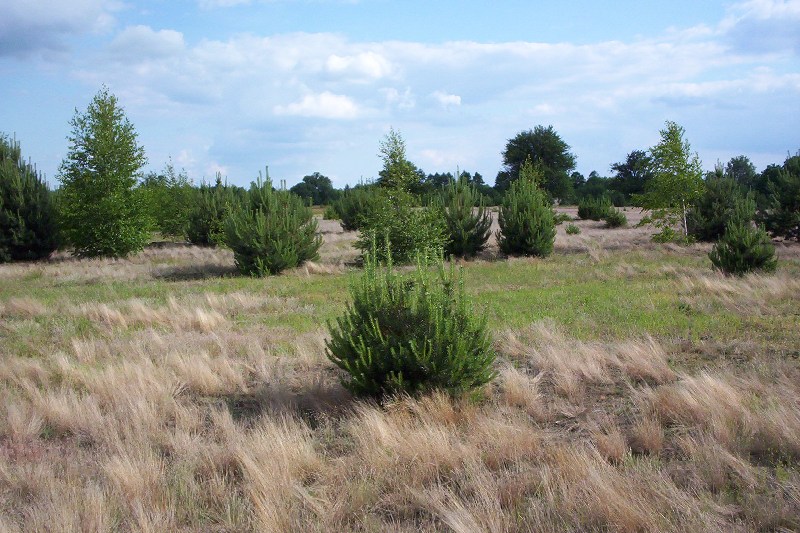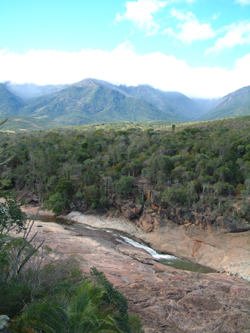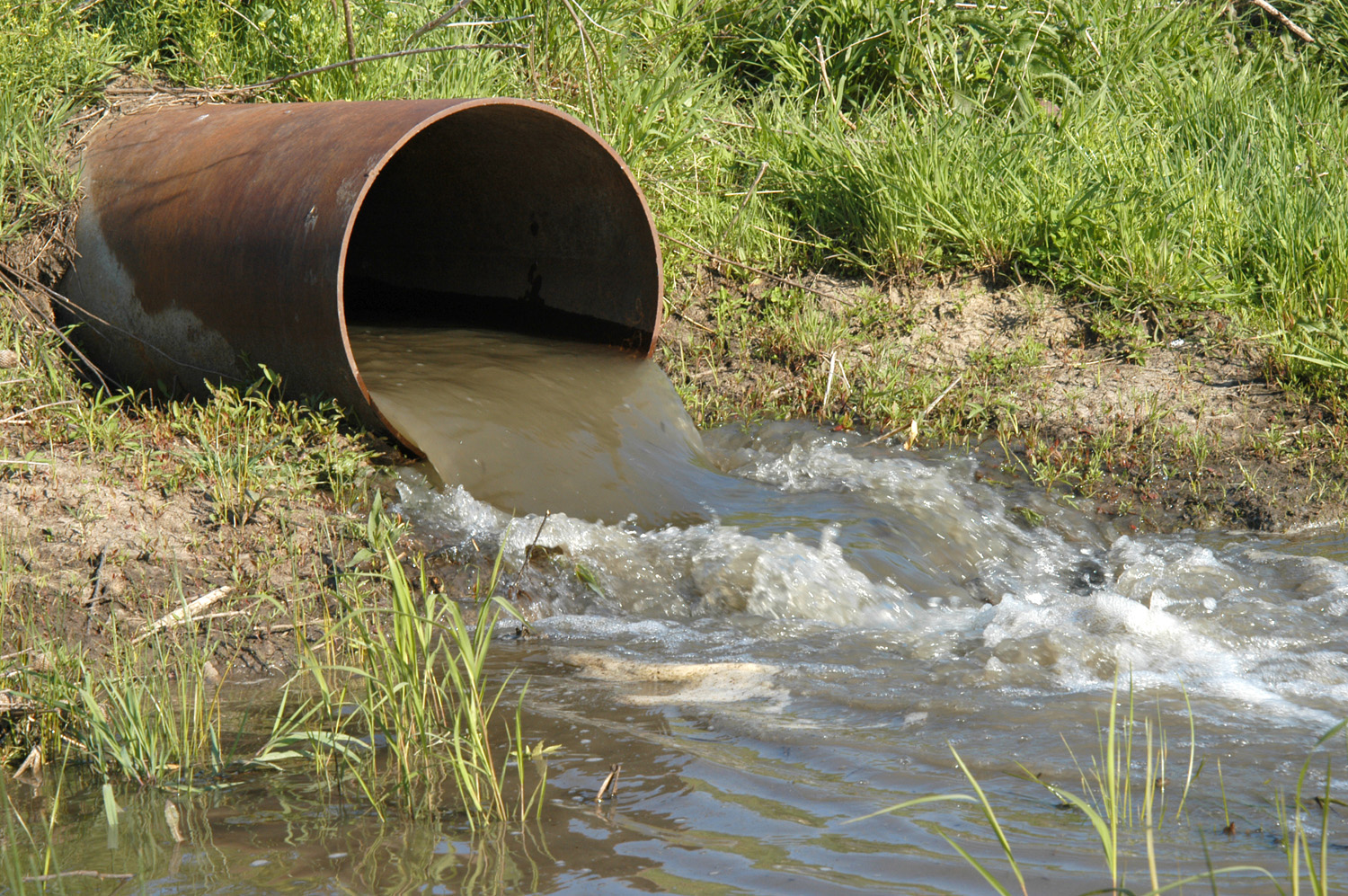|
Avenue Of Baobabs
The Avenue of the Baobabs, or Alley of the Baobabs, is a prominent group of Grandidier's baobabs (''Adansonia grandidieri'') lining the dirt road between Morondava and Belon'i Tsiribihina in the Menabe region of western Madagascar. Its striking landscape draws travelers from around the world, making it one of the most visited locations in the region. It has been a center of local conservation efforts, and was granted temporary protected status in July 2007 by the Ministry of Environment, Water and Forestry – a step toward making it Madagascar's first natural monument. Description Along a stretch of the road is a grove of 20–25 ''Adansonia grandidieri'' baobabs. An additional 25 or so trees of this species are found growing over nearby rice paddies and meadows within of land. The trees, which are endemic to Madagascar, are about in height. The baobab trees, known locally as ''renala'' or ''reniala'' (from Malagasy ''reny ala'' "mother of the forest"), Ambrose-Oji, B. ... [...More Info...] [...Related Items...] OR: [Wikipedia] [Google] [Baidu] |
Menabe
Menabe is a Regions of Madagascar, region in western Madagascar, with its capital at Morondava. It covers an area of , and its population was 700,577 in 2018. The population mostly belongs to the Sakalava ethnic group. The region is named after the 18th-century Sakalava Kingdom of Menabe (16th-18th centuries). The name "Menabe", in turn, means "big red", after the color of laterite rock that dominates the landscape. History Menabe is the southern part of the Sakalava territory. Tradition holds that it was founded by Adriamandazoala (reigned c1540 - 1560). Its territory was increased under the legendary Andriandahifotsy (c1610 - 1685). It thus became the strongest kingdom in Madagascar until the mid-18th century. Among its most famous rulers was Ranaimo or Andriandrainarivo (ruled 1718-1727) who is known through the memoirs of Europeans such as Robert Drury (Sailor), Robert Drury, James Cook, the crew of the Dutch East Indiaman ''Barneveld'', 1719, François Valentijn (1726). Thoug ... [...More Info...] [...Related Items...] OR: [Wikipedia] [Google] [Baidu] |
Sere (ecology)
A seral community is an intermediate stage found in ecological succession in an ecosystem advancing towards its climax community. In many cases more than one seral stage evolves until climax conditions are attained. A prisere is a collection of seres making up the development of an area from non-vegetated surfaces to a climax community. A seral community is the name given to each group of plants within the succession. A primary succession describes those plant communities that occupy a site that has not previously been vegetated. These can also be described as the pioneer community. Computer modeling is sometimes used to evaluate likely succession stages in a seral community. Depending on the substratum and climate, a seral community can be one of the following: ; Hydrosere: Community in water ; Lithosere: Community on rock ; Psammosere: Community on sand ; Xerosere: Community in dry area ; Halosere: Community in saline body (e.g. a marsh) Examples Seral communities in secon ... [...More Info...] [...Related Items...] OR: [Wikipedia] [Google] [Baidu] |
Protected Areas Of Madagascar
This list of national parks of Madagascar includes all officially recognized protected areas as of 2015. The protected areas network of Madagascar is managed by the Madagascar National Parks Association (PNM-ANGAP). The network includes three types of protected areas: Strict Nature Reserves ( IUCN category Ia), National Parks (IUCN category II) and Wildlife Reserves (IUCN category IV). At the 2003 IUCN World Parks Congress in Durban, the Malagasy President, Marc Ravalomanana, announced an initiative to more than triple the area under protection from approximately to over (from 3% to 10% of Madagascar's area). This "Durban Vision", as it has been dubbed, involved broadening the definition of protected areas in the country and legislation has been passed to allow the creation of four new categories of protected area: Natural Parks (IUCN category II), Natural Monuments (IUCN category III), Protected Landscapes (IUCN category V), and Natural Resource Reserves (IUCN category VI). As ... [...More Info...] [...Related Items...] OR: [Wikipedia] [Google] [Baidu] |
Geography Of Madagascar
Madagascar is a large island in the Indian Ocean off the eastern coast of southern Africa, east of Mozambique. It has a total area of with of land and of water. Madagascar is the fourth largest island and the 2nd largest island country in the world. The highest point is Maromokotro, in the Tsaratanana Massif region in the north of the island, at . The capital Antananarivo is in the Central Highlands near the centre of the island. It has the 25th largest Exclusive Economic Zone of . Madagascar is 400 kilometres (250 miles) east of mainland Africa. Geographical regions Madagascar can be divided into five general geographical regions: the east coast, the Tsaratanana Massif, the Central Highlands, the west coast, and the southwest. The highest elevations parallel the east coast. The total size is , which makes it the world's second largest island country. East coast The east coast consists of a narrow band of lowlands about fifty kilometers wide, formed from the sedimentatio ... [...More Info...] [...Related Items...] OR: [Wikipedia] [Google] [Baidu] |
Ecotourism
Ecotourism is a form of tourism involving responsible travel (using sustainable transport) to natural areas, conserving the environment, and improving the well-being of the local people. Its purpose may be to educate the traveler, to provide funds for ecological conservation, to directly benefit the economic development and political empowerment of local communities, or to foster respect for different cultures and for human rights. Since the 1980s, ecotourism has been considered a critical endeavor by environmentalists, so that future generations may experience destinations relatively untouched by human intervention. Ecotourism may focus on educating travelers on local environments and natural surroundings with an eye to ecological conservation. Some include in the definition of ecotourism the effort to produce economic opportunities that make conservation of natural resources financially possible. Generally, ecotourism deals with interaction with biotic components of the natura ... [...More Info...] [...Related Items...] OR: [Wikipedia] [Google] [Baidu] |
Paddy Field
A paddy field is a flooded field (agriculture), field of arable land used for growing Aquatic plant, semiaquatic crops, most notably rice and taro. It originates from the Neolithic rice-farming cultures of the Yangtze River basin in southern China, associated with Austronesian peoples#Neolithic China, pre-Austronesian and Hmong–Mien languages, Hmong-Mien cultures. It was spread in prehistoric times by the Austronesian peoples#Austronesian expansion, expansion of Austronesian peoples to Island Southeast Asia, Southeast Asia including Northeastern India, Madagascar, Melanesia, Micronesia, and Polynesia. The technology was also acquired by other cultures in mainland Asia for rice farming, spreading to East Asia, Mainland Southeast Asia, and South Asia. Fields can be built into steep hillsides as Terrace (agriculture), terraces or adjacent to depressed or steeply sloped features such as rivers or marshes. They require a great deal of labor and materials to create and need l ... [...More Info...] [...Related Items...] OR: [Wikipedia] [Google] [Baidu] |
Effluent
Effluent is wastewater from sewers or industrial outfalls that flows directly into surface waters either untreated or after being treated at a facility. The term has slightly different meanings in certain contexts, and may contain various pollutants depending on the source. Treating wastewater efficiently is challenging, but improved technology allows for enhanced removal of specific materials, increased re-use of water, and energy production from waste. Definition Effluent is defined by the United States Environmental Protection Agency (EPA) as "wastewater–treated or untreated–that flows out of a treatment plant, sewer, or industrial outfall. Generally refers to wastes discharged into surface waters". The ''Compact Oxford English Dictionary'' defines effluent as "liquid waste or sewage discharged into a river or the sea". Wastewater is not usually described as effluent while being recycled, re-used, or treated until it is released to surface water. Wastewater percolate ... [...More Info...] [...Related Items...] OR: [Wikipedia] [Google] [Baidu] |
Adansonia Za
''Adansonia za'' is a species of baobab in the genus ''Adansonia'' of the family Malvaceae (previously included in the Bombacaceae). It was originally named in French as . Common names in Malagasy include , , , , , and , the last of which gives the plant its specific epithet. Eight ''Adansonia'' species are recognized, with six endemic to Madagascar. ''Adansonia za'' is the most widespread of the Madagascar endemics. Description ''Adansonia za'' is a large thick-stemmed ( pachycaul) deciduous tree, about tall and about in diameter. The trunk and branches have a brownish-rose colored hue. The tree is widest at the base, narrowing noticeably towards the top of the tree. Leaves Leaves are palmately lobed with 5 to 8 lobes per leaf.Baum, D.A., 1995, A Systematic Revision of Adansonia (Bombacaceae). Annals of the Missouri Botanical Garden , 1995, Vol. 82, No. 3 (1995), pp. 440-471 They are long and wide, but often bigger in trees in the northern part of the range, where the le ... [...More Info...] [...Related Items...] OR: [Wikipedia] [Google] [Baidu] |
Malagasy Language
Malagasy (; ) is an Austronesian language and the national language of Madagascar. Malagasy is the westernmost Malayo-Polynesian language, brought to Madagascar by the settlement of Austronesian peoples from the Sunda islands around the 5th century AD. The Malagasy language is one of the Barito languages and is most closely related to the Ma'anyan language, still spoken on Borneo to this day. Malagasy also includes numerous Malay loanwords, from the time of the early Austronesian settlement and trading between Madagascar and the Sunda Islands. After c. 1000 AD, Malagasy incorporated numerous Bantu and Arabic loanwords, brought over by traders and new settlers. Malagasy is spoken by around 25 million people in Madagascar and the Comoros. Most people in Madagascar speak it as a first language, as do some people of Malagasy descent elsewhere. Malagasy is divided between two main dialect groups; Eastern and Western. The central plateau of the island, where the capital Antananarivo ... [...More Info...] [...Related Items...] OR: [Wikipedia] [Google] [Baidu] |
Morondava
Morondava (, from mg, morona lava "long coast") is a city located in Menabe Region, of which it is the capital, in Madagascar. It is located in the delta of the Morandava River at . Its population as of the 2018 census, was 53,510. Population The predominant tribe is the Sakalava. But there are also a few Betsileo, Tsimihety, Merina, Makoa as well as Europeans. Transportation Air Madagascar has regular scheduled flights to Morondava Airport. The main road to town has been renovated recently. With the new road established, a trip from Antananarivo to Morondava by taxi-brousse takes approximately 12 hours. Pirogues are consequently a popular mode of transport used to ferry people and goods along the coast, especially to Morombe. Roads * RN 34 to Ivato, Ambositra and Antsirabe. * RN 8 to Belo-sur-Tsiribihina. Ecology The city is famous amongst other things for the spectacular Avenue of Baobabs nearby at . These giant baobab trees are an 800-year-old legacy of the dense tropic ... [...More Info...] [...Related Items...] OR: [Wikipedia] [Google] [Baidu] |
Baobab
''Adansonia'' is a genus made up of eight species of medium-to-large deciduous trees known as baobabs ( or ). They are placed in the Malvaceae family, subfamily Bombacoideae. They are native to Madagascar, mainland Africa, and Australia.Tropicos.org. Missouri Botanical Garden. 8 Jul 2020 http://www.tropicos.org The trees have also been introduced to other regions such as Asia. The generic name honours Michel Adanson, the French naturalist and explorer who described ''Adansonia digitata''. The baobab is also known as the "upside down tree", a name that originates from several myths. They are among the most long-lived of vascular plantsAdrian Patrut et al. (2018) The demise of the largest and oldest African baobabs. Nature Plants 4: 423–426. DOI: 10.1038/s41477-018-0170-5 and have large flowers that are reproductive for a maximum of 15 hours.Baum, D.A., 1995, A Systematic Revision of Adansonia (Bombacaceae). Annals of the Missouri Botanical Garden, 1995, Vol. 82, No. 3 (1995), ... [...More Info...] [...Related Items...] OR: [Wikipedia] [Google] [Baidu] |





.jpg)


